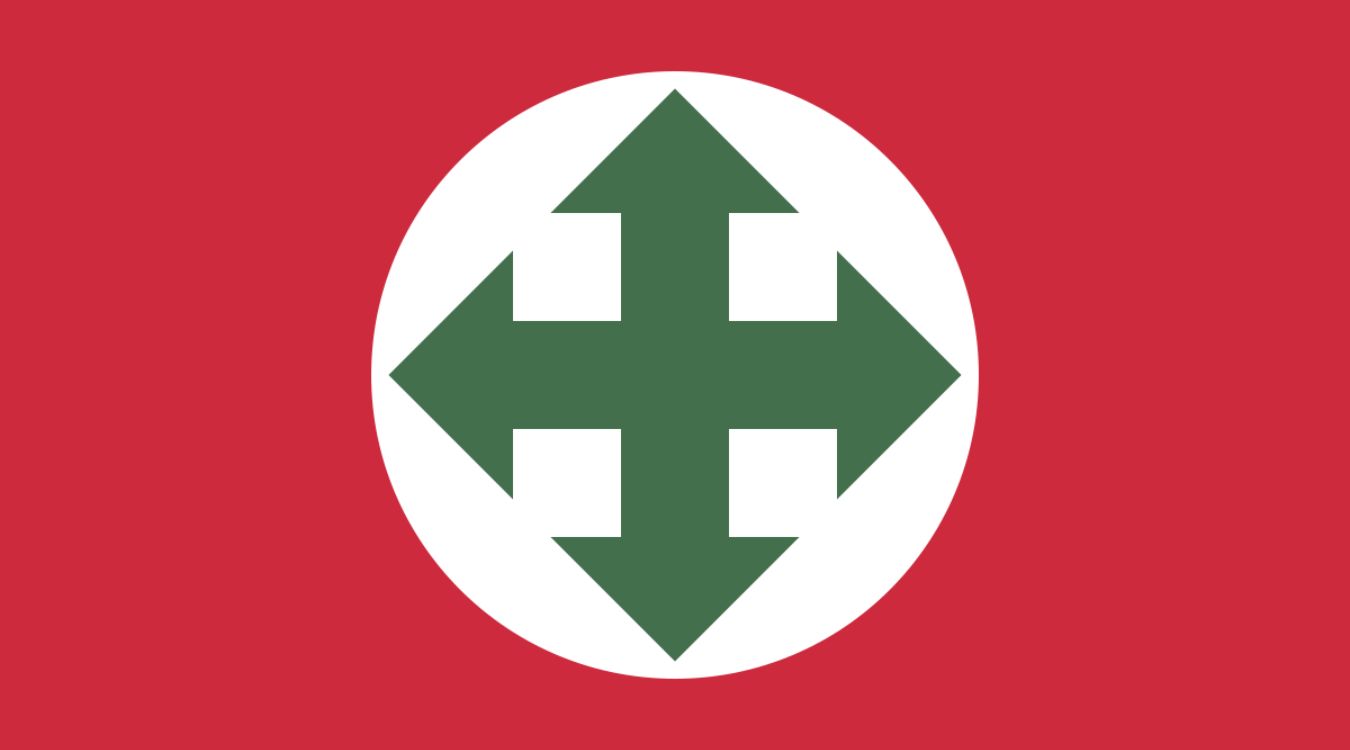
The Scythe Cross Rebellion is a historical event that often flies under the radar, yet it holds significant importance. This rebellion, which took place in the early 19th century, was a pivotal moment in the fight for workers' rights. But what exactly happened during the Scythe Cross Rebellion? In this blog post, we will delve into 30 intriguing facts about this lesser-known uprising. From its origins and key figures to the lasting impact it had on labor movements, you'll gain a comprehensive understanding of why this rebellion deserves more attention. Get ready to uncover the hidden stories and surprising details that make the Scythe Cross Rebellion a fascinating chapter in history.
Key Takeaways:
- The Scythe Cross Rebellion was a 19th-century peasant uprising in the Austrian Empire, fueled by economic hardships and inspired by revolutionary ideas from other parts of Europe.
- The rebellion, led by figures like Jakub Szela, left a lasting impact, prompting limited reforms and inspiring other peasant movements in Eastern Europe.
What is the Scythe Cross Rebellion?
The Scythe Cross Rebellion is a lesser-known yet fascinating chapter in history. This uprising, which took place in the 19th century, involved a series of conflicts and revolts. Let's dive into some intriguing facts about this rebellion.
- The Scythe Cross Rebellion occurred in 1846 in the Austrian Empire, specifically in the region of Galicia.
- The rebellion was primarily a peasant uprising against the oppressive feudal system.
- The name "Scythe Cross" comes from the peasants' use of scythes as weapons, crossed to form a symbol of their resistance.
- The rebellion was partly fueled by economic hardships and high taxes imposed on the peasantry.
- The Austrian authorities were caught off guard by the scale and intensity of the uprising.
Key Figures in the Rebellion
Several individuals played crucial roles in the Scythe Cross Rebellion. Their actions and leadership significantly impacted the course of events.
- Jakub Szela emerged as a prominent leader of the peasant forces.
- Szela was a former serf who had experienced firsthand the harshness of the feudal system.
- Another key figure was Count Agenor Gołuchowski, who represented the Austrian authorities.
- Gołuchowski attempted to negotiate with the rebels but faced significant challenges.
- The rebellion also saw the involvement of local clergy, who sometimes supported the peasants' cause.
Causes of the Rebellion
Understanding the causes behind the Scythe Cross Rebellion helps to grasp why it erupted with such intensity.
- The feudal system in Galicia was particularly harsh, with peasants subjected to heavy labor and taxes.
- Economic conditions worsened due to poor harvests and famine, exacerbating the peasants' plight.
- The Austrian Empire's centralization policies alienated local nobility and peasants alike.
- Social inequality and lack of political representation fueled resentment among the lower classes.
- The spread of revolutionary ideas from other parts of Europe inspired the peasants to take action.
The Course of the Rebellion
The Scythe Cross Rebellion unfolded through a series of dramatic events, each contributing to its historical significance.
- The rebellion began in February 1846 with a series of coordinated attacks on noble estates.
- Peasants armed with scythes and other makeshift weapons clashed with local militias.
- The rebels managed to capture several towns and villages, establishing temporary control.
- Austrian military forces were eventually deployed to suppress the uprising.
- The rebellion lasted for several months, with sporadic fighting continuing into the summer.
Impact and Aftermath
The Scythe Cross Rebellion left a lasting impact on the region and influenced subsequent events in European history.
- The rebellion highlighted the deep-seated social and economic issues in Galicia.
- It prompted the Austrian authorities to implement some reforms, albeit limited in scope.
- The uprising also inspired other peasant movements in Eastern Europe.
- The harsh suppression of the rebellion led to significant loss of life and property.
- Jakub Szela, the peasant leader, was eventually captured and exiled.
Legacy of the Scythe Cross Rebellion
The legacy of the Scythe Cross Rebellion continues to be remembered and studied for its historical significance.
- The rebellion is often cited as an example of peasant resistance against feudal oppression.
- It has been the subject of numerous historical studies and academic research.
- The symbol of the crossed scythes remains a powerful emblem of resistance in the region.
- The rebellion is commemorated in local folklore and cultural traditions.
- The Scythe Cross Rebellion serves as a reminder of the enduring struggle for social justice and equality.
Final Fact Check
Scythe Cross Rebellion is a fascinating chapter in history. From its origins to its impact, every detail adds to the rich tapestry of human struggle and resilience. The rebellion was not just a fight; it was a statement against oppression and a call for justice. The leaders and participants showed immense courage, leaving a legacy that still resonates today.
Understanding these facts helps us appreciate the complexities of historical events. It reminds us that history is not just about dates and names but about the stories and emotions behind them. As we reflect on the Scythe Cross Rebellion, let's remember the lessons it teaches us about bravery, unity, and the human spirit. Keep exploring, keep questioning, and never stop learning.
Frequently Asked Questions
Was this page helpful?
Our commitment to delivering trustworthy and engaging content is at the heart of what we do. Each fact on our site is contributed by real users like you, bringing a wealth of diverse insights and information. To ensure the highest standards of accuracy and reliability, our dedicated editors meticulously review each submission. This process guarantees that the facts we share are not only fascinating but also credible. Trust in our commitment to quality and authenticity as you explore and learn with us.
